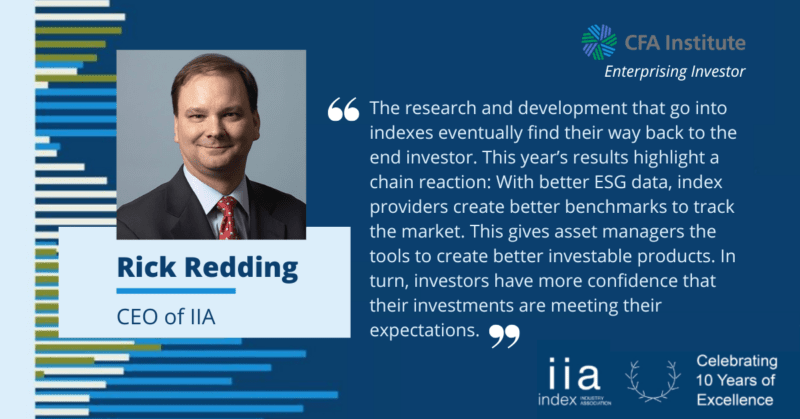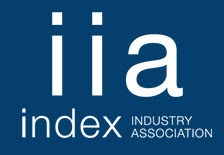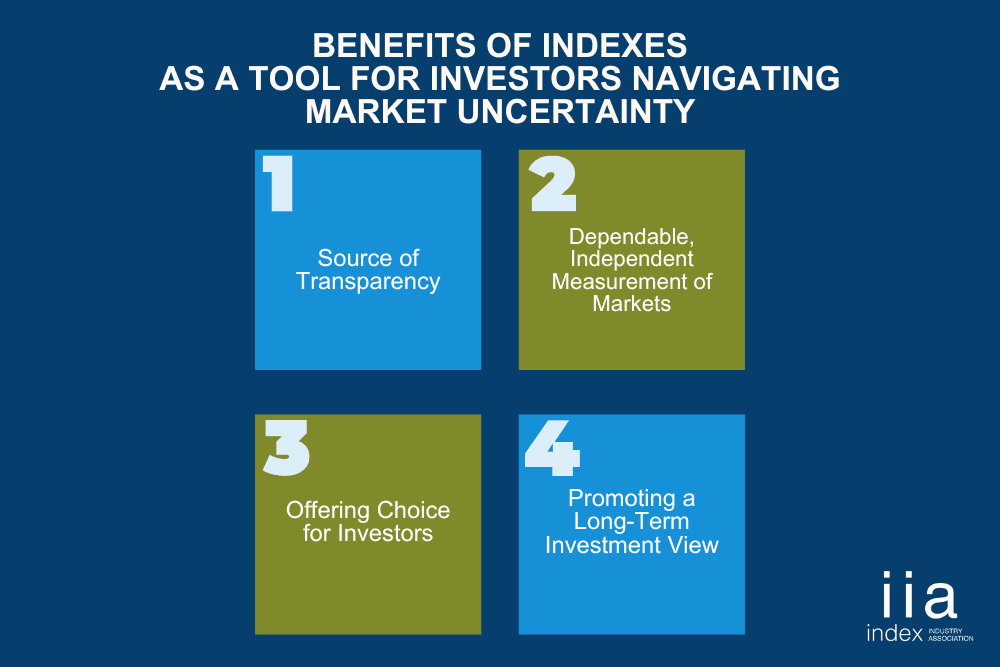
Originally published November 30, 2022 in the CFA Institute’s “Enterprising Investor”
What does the latest Index Industry Association (IIA) global membership survey reveal about current trends in indexes and benchmarks?
Chief among the key data points is that the rapid expansion of environmental, social, and governance (ESG) indexes continues to gain momentum and diversify across asset classes.
The 2022 survey found the number of ESG indexes grew by 55%, with fixed-income–focused ESG indexes and benchmarks taking the lead in driving that growth.
The IIA has queried its members for the last six years to better understand how the landscape of indexes and benchmarks is evolving. Our annual global benchmark surveys gather member data about the indexes administered across identified asset classes and geographies — global, the Americas, Europe, and Asia. IIA members now administer over three million indexes, with equity indexes comprising 76% of the global total. With only about 11,000 global exchange traded products (ETPs), benchmarking is still the primary use case of indexes today.
The IIA’s most recent global asset managers report revealed increased demand for ESG fixed-income indexes, and index providers have responded. The number of ESG fixed-income indexes has increased 95.8% and for the first time surpassed the number of ESG equity indexes, despite the latter growing by 24.2%. There are now more than 50,000 ESG benchmarks worldwide.

Among the various index categories, global ESG fixed income grew the fastest, expanding by 122.5%. European fixed-income ESG saw the second largest percentage increase, at 92.5%. This spike tracks with findings from our previous report: Asset managers indicated that fixed income is now the fastest-growing ESG asset class. Indeed, 76% of asset managers implemented ESG criteria within fixed income this year, up from 42% in last year’s survey. This has been an ongoing trend in recent years. As investors gain access to new and better data, there is a greater push to define ESG in fixed income.
The growth rate of fixed-income indexes outpaced that of their equity counterparts for the third straight year, increasing by 4.5% compared with 4.3%. Within the non-ESG fixed-income category, municipal bond indexes grew by 10.9%, while the distribution across other categories remained stable.

Why is all this important to investors? The research and development that go into benchmarks and indexes eventually find their way back to the end investor. This year’s results highlight a chain reaction: With better ESG data, index providers create better benchmarks to track the market. This gives asset managers the tools to create better investable products. In turn, investors have more confidence that their investments are meeting their expectations.
Our findings also revealed a larger misperception about equity indexes. Contrary to popular belief, the Americas does not dominate the total number of equity indexes. The region actually has the smallest percentage of equity indexes across the three geographies surveyed. But our survey does show that the Americas is leading the way in creating new fixed-income indexes. The market has the largest percentage of fixed-income indexes, with more securitized benchmarks and high-yield and municipal bond indexes than all the other regions.
This development notwithstanding, the distribution of indexes across regions has remained stable and consistent over the last several years.
Whether these trends gather increased momentum or start to tail off will be something we will be watching in the year ahead.
If you liked this post, don’t forget to subscribe to the Enterprising Investor.
You might also be interested in
IIA Response to Final Approval of EU Benchmark Regulation Review
Today, the European Parliament adopted the final text of the Benchmarks Regulation (BMR) in its Plenary session. the Council…
Member Insight: “Redefining the Role of Index Providers” – S&P Dow Jones Indices
Index providers play a foundational role in the index-based products and asset allocation model portfolios now widely…
Market Uncertainty? Four Benefits of Indexes as a Tool for Investors
As investors navigate a bumpy sea of uncertainty amid geopolitical tensions, shifting tariffs, market dips and recession…



